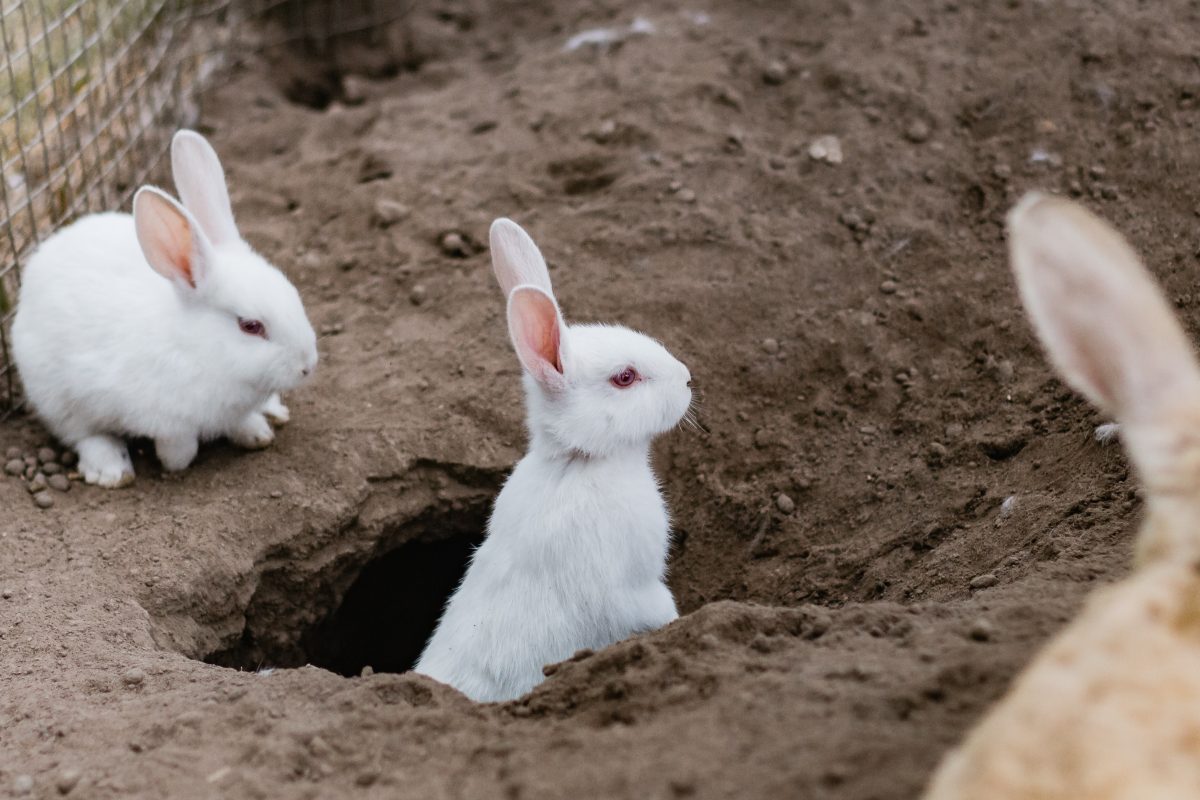Myxomatosis and R(V)HD 1 & 2, how to protect your bunny
This week, we had a young wild rabbit handed into our care. The finder brought him to us not knowing we have no animal holding on premises. The bunny, despite being wild, had been easily caught because he was suffering from myxomatosis, a cruel disease that causes a slow, painful death. There is no specific treatment and sadly the rabbit in question was euthanised on arrival at the vets to end his suffering. Myxomatosis naturally exists in rabbits native to North, Central and South America. It is however, usually fatal for European rabbits. Introduced in the UK in 1953 as a population control, the disease virtually wiped out the UK’s rabbits. It is still prevalent, as our poor little bunny demonstrated and affects domestic rabbits as well as their wild cousins. The virus is transmitted through blood sucking insects, fleas, mosquitoes ticks etc.
As well as Myxomatosis, bunnies can also die from Rabbit (Viral) Haemorrhagic Disease which has 2 strains R(V)HD and R(V)HD 2. Both are spread by rabbit to rabbit contact, from contaminated environments and like Myxomatosis, biting insects. There is no treatment and infections are commonly fatal, some owners find their pet dead in the morning when they seemed perfectly healthy the night before.
The good news is, all 3 diseases are preventable through inoculations. There is a combined vaccination for Myxomatosis and R(V)HD which can be given at 5 weeks old. A separate vaccine for R(V)HD2 is required at 10 weeks. Keeping up to date with vaccines, using parasite prevention and cleaning your rabbits environment regularly means you will have a happy, healthy pet.
Want more information? Then please visit National RSPCA’s rabbit health and welfare link.

